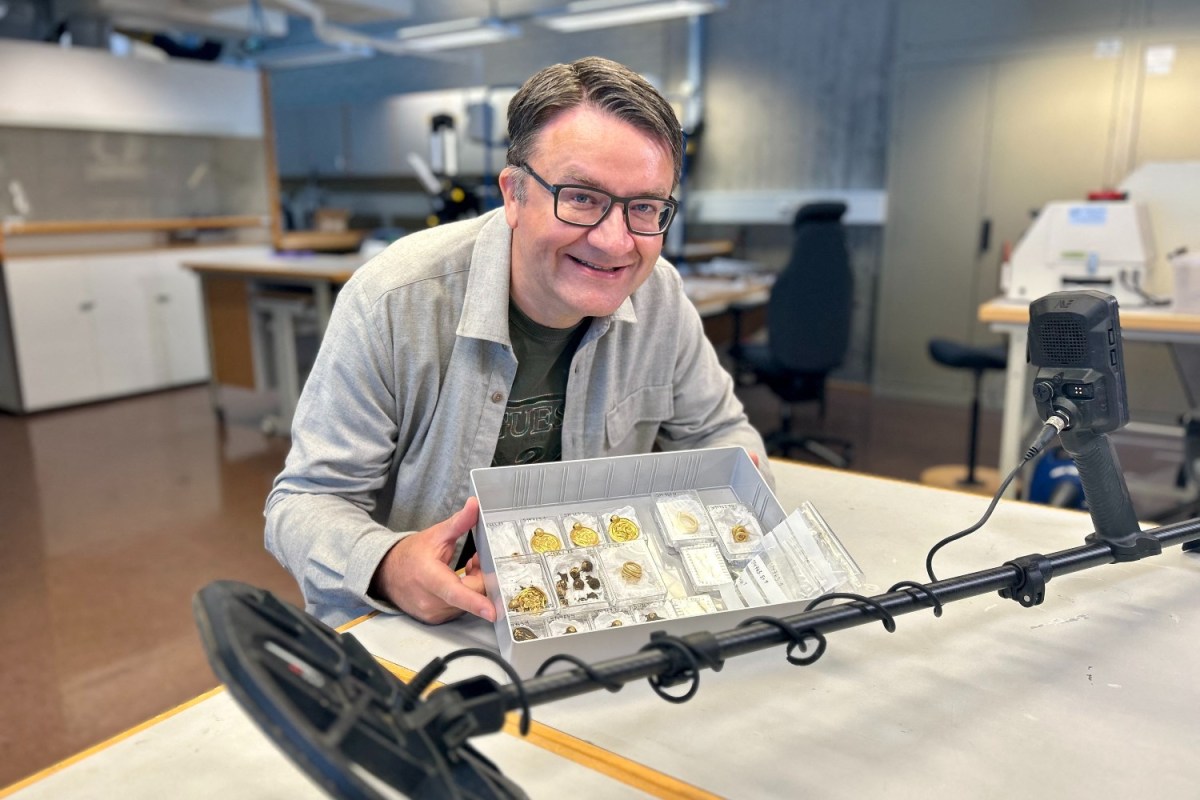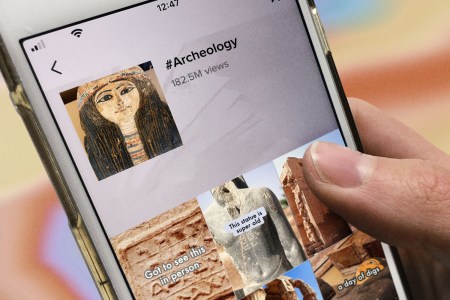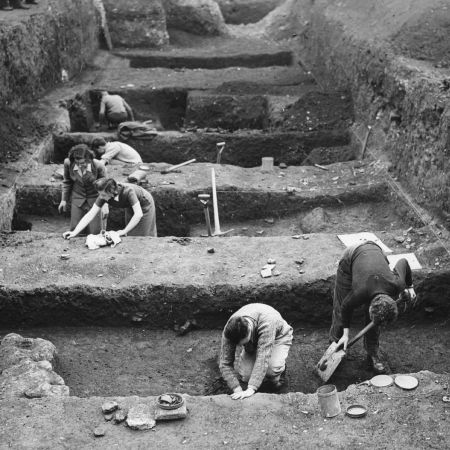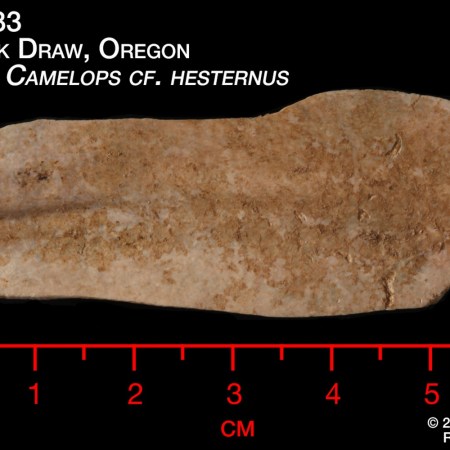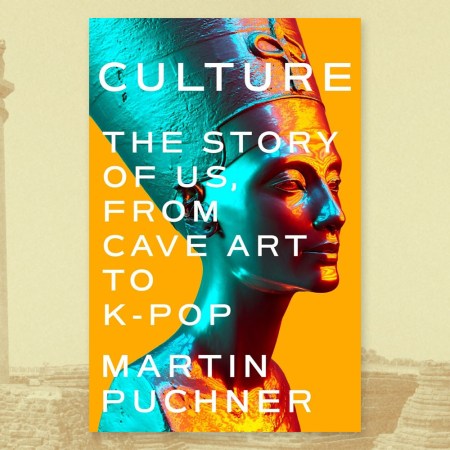Sometimes when an amateur archaeologist sets out into a landscape, metal detector in hand, they wind up finding nothing of any consequence. But on rare occasions, the search for artifacts pays off in a big way — sometimes metaphorically, sometimes literally and sometimes both. The tale of Erlend Bore, who went searching for history on the Norwegian island of Rennesøy, falls into the second category.
Bore’s work turned up a cache of gold objects that dated back to around 1,500 years ago. As Jennifer Nalewicki wrote for Live Science, Bore’s efforts were sanctioned by the island’s owner — which is good news for both of them, as under Norwegian law, both the discoverer of treasure and the owner of the property on which it was found will receive payment for the find.
As for what’s actually in the find, an announcement from the University of Stavanger’s Archaeology Museum has more details on that. Much of the gold came in the form of bracteaters — circular structures that resemble, but are not, coins. The museum’s release notes that the bracteaters and a series of gold pearls come together to form “a very showy necklace” — one that was likely worn by someone with a prominent position in society.
“At first I thought I had found chocolate money or Captain Sabertooth coins,” Bore said in a (translated) statement. “It was completely unreal.”
Not Dusty Anymore — Archaeology Finds New Life on TikTok
The social app has injected some new popularity into the field — and raised important questions about ethics and equalityThe symbols on the gold objects will provide historians an intriguing glimpse of the lives of the society that produced them — including images of what appears to be a sick horse. Håkon Reiersen of the university’s Archaelogical Museum suggested that the fact that the gold was buried could mean that it was intended a a sacrifice — or that the owners were simply trying to hide it.
Whatever the reasons for the burial might be, the discovery of these objects provides a window into the past — and a solid case for exploring new landscapes, metal detector in hand.
Thanks for reading InsideHook. Sign up for our daily newsletter and be in the know.
